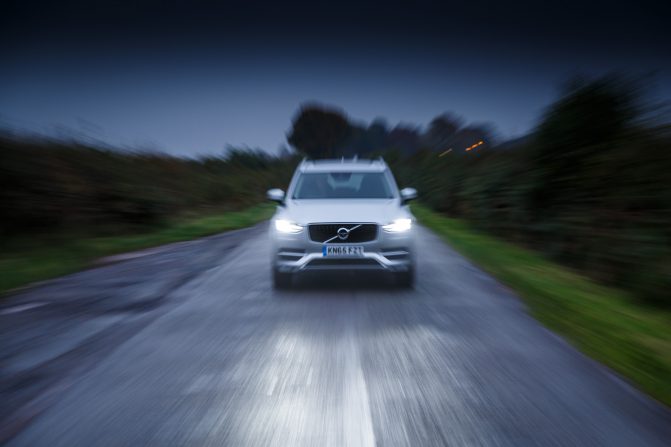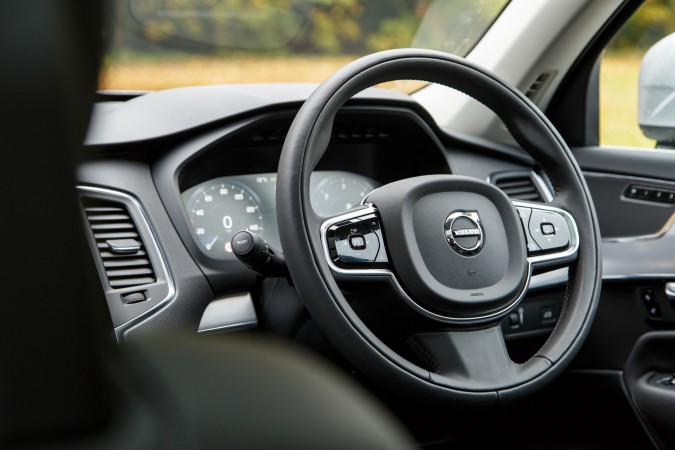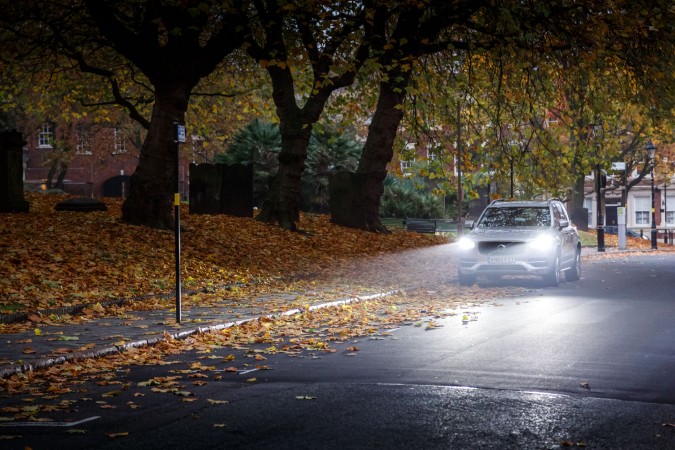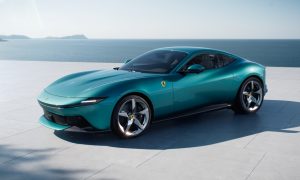Autonomous driving has been a big topic of conversation recently, understandably too as it’s the next big thing in the driving experience. We spoke about the slightly sceptical idea of safety in Google’s self-drive car whilst in traffic and intersections in our recent post here. There has been much in the news about the safety of designs of the self-drive cars and controversy behind accidents caused along the way, but what is the bigger picture behind autonomous driving?
Everything Begins With an Idea
Every concept begins with flaws, they need to be ironed out in the development process. Nothing is perfect at the beginning and, arguably for some, not even at the finish. But the potential is ready and waiting for us. The next question in self-driving is, will it ever be fully autonomous? I’m not sure how willing I’d be to leave my life in the hands of autonomous fast-moving vehicles, especially if there was no option to take over myself should something go wrong. But fully autonomous does seem to be the end game and for that the improvements need to be vast.
Ultimate Goals
The ultimate goals for autonomous driving seem to be more profound than my original assumption of ‘because we can’. There are all sorts of reasons involved, including time saving, lessening the environmental impact of our vehicles, traffic improvements and, yes, ultimately improved safety. In theory, if all the cars in a junction were all controlled to minute precision then the likelihood of a crash between these cars would be very low. There would be no distracted drivers involved and no independent decisions that would cause issues. In practice? I think we have a way to go yet.
Hopes for Future Traffic Interaction
With this idealistic driving experience in mind, then fully autonomous cars and travel systems must be strived for, surely, if having consistent, precise, safe traffic interaction scheme is an ultimate goal. It wouldn’t work without a fully autonomous system. After all, you couldn’t have a driver taking control at any point in the journey because any human interaction with the journey would disrupt this perfectly harmonised rhythm of interaction.
This is still a long-term goal. What with the current issues flying about with the self-drive cars we can see that improvements need to be made. See the video below for how the ‘light traffic’ depicts the flawless ideals for autonomous driving and what we are aiming for the future.
Light Traffic MIT Senseable City Lab
Source: AutoBlog






